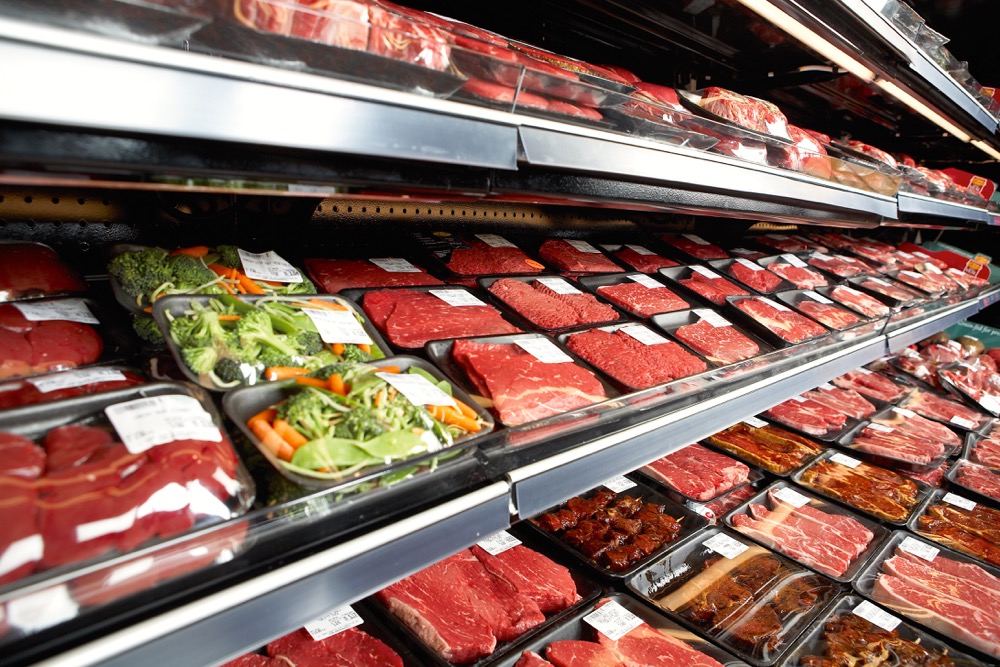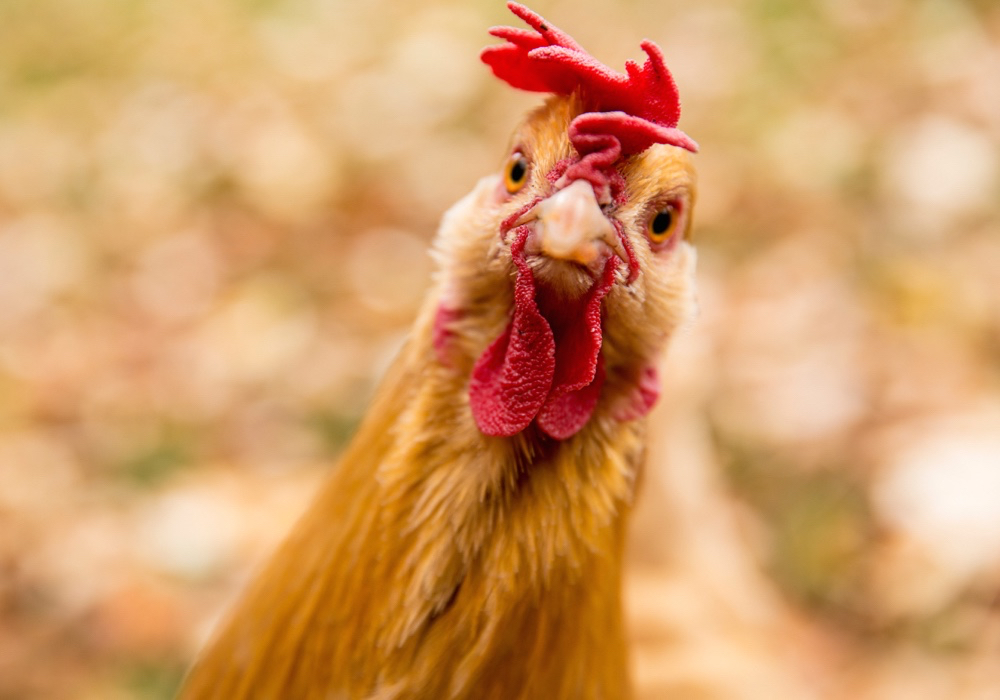Global markets for protein have been growing strongly around the world and that should bode well for livestock producers long term.
However, COVID-19 has thrown into question known trends. David Hughes, a long-time expert in global food marketing, believes there will be some opportunities for meat exporting countries due to COVID-19.
Why it matters: Protein demand will provide many opportunities for farmers and food marketers able to capitalize on it.
Read Also

Ontario’s agri-food sector sets sights on future with Agri-Food 2050 initiative
The first-ever Agri Food 2050, a one-day industry event dedicated to envisioning the future of food and farming in Ontario,…
Hughes, who was to be a keynote speaker at the cancelled London Swine Conference, recorded his talk and it is posted on the London Swine Conference web page.
A global recession caused by COVID-19 effects could decrease demand for premium meat products, especially hind quarters of beef, he says. Cheaper meat cuts will be in greater demand along with farm-raised fish.
“Pork internationally is mid-priced, so in a recession should be relatively well placed,” he says. Hughes is emeritus professor of food marketing at Imperial College London and visiting professor at the Royal Agriculture University in the United Kingdom.
He travels the world examining food trends, especially meat.
Hughes says there could be several other implications from COVID-19 and its impact on meat markets.
There will be an increase in focus on food safety, especially in Asia, where it was already a rising concern. Hughes predicts a continued decline in the use of ‘wet markets’, where much of the meat and fruits and vegetables are sold, in favour of the safer supermarkets.
“That is good news for premium exporters like Canada.”
In Canada, the U.S. and Europe, however, Hughes sees an acceleration of the trend toward online grocery shopping.
Now that many more people have tried it, Hughes says they will question why they need to go to the grocery store.
“Traditional supermarkets are under increased pressure due to COVID-19 and will scramble to maintain their market share,” he says.
A big question is whether trends that have been interrupted by people staying at home will continue when the COVID-19 crisis ends.
People are doing more home baking and home cooking since the start of the isolation orders, but before that, the trend was toward the purchase of complete meals and more snacking and less purchase of ingredients. That’s one reason that supplies of baking goods have been strained in grocery stores.
Many large food trends
involve protein
Consumption of protein has grown 40 per cent over the past 30 years and Hughes expects growth to continue with 15 per cent more growth in the next five years.
In the past, that growth would have mostly been in meat, but consumers have expanded their view of protein. Plant-based protein is now larger than meat protein in the world. That’s not surprising, he says, when India, with a population of greater than a billion, eats mostly plant protein.
However, meat consumption has also been growing quickly, including meat, eggs and dairy.
Within the meat category, “pork is a big, strong, large protein category itself,” but it hasn’t had the growth of chicken or fish from aquaculture.
Chicken has been “astonishingly successful” says Hughes, for several reasons, many of which are shared with pork.
Chicken is:
- Affordable;
- Healthier than other meats;
- Snackable;
- Easy to add tastes to;
- Kids like it;
- It’s a food service favourite;
- It is often sold in consumer-friendly pieces, unlike pork, which still sold as anatomical parts of the animal;
- chicken is “sort of religious neutral”.
Pork can be many of those things, other than its challenges with some religions.
“Watch chicken because they are movers and shakers,” he says.
The other huge mover is the growth of meat alternatives. They are seeing significant growth all around the world, Hughes says, providing examples in the U.S., Canada, Europe and Asia.
The consumption of plant-based protein is seeing double digit growth, says Hughes, but from a small starting volume.
The rise in plant-based foods is being driven by a couple of reasons. First it’s simply trendy and very well marketed and responding to demand.
“They are sort of cute and sometimes rather naughty,” he says, referencing products like “What the Cluck” and “Little Willies”.
Meat, including pork, has been driven by production and supply, not by demand, which has given meat alternatives a marketing advantage.
Plant-based meat alternatives are also riding a wave of interest in food and its tie to the environment in more affluent countries. Across the world, Hughes says he hears the same reasons for making changes in diet away from meat. They are looking for healthier alternatives that have less environmental impact.
Young people, like his grandchildren, are asking questions about provenance of products, how they are made and impact, including ingredients and packaging.
“We’re increasingly a high profile business and people around the world are talking about it,” he says.
Meat eating frequency is moving slightly down in the developed world and when meat is consumed portions are smaller. However, the proportion of society that eats meat continues to be higher than 90 per cent.
“If you follow western media, we’re all becoming vegetarians, but we’re not.”
The other major trend is the movement away from meals and to eating more, smaller snacks. Meat was slow arriving to the snack game, but companies are moving quickly to create trendy snack products.
Consumers are getting their quick-service food from places other than supermarkets.
“Ten years ago we were worried about supermarkets and their power in the marketplace. That power has peaked and they are looking at how to maintain their place in the market.”















